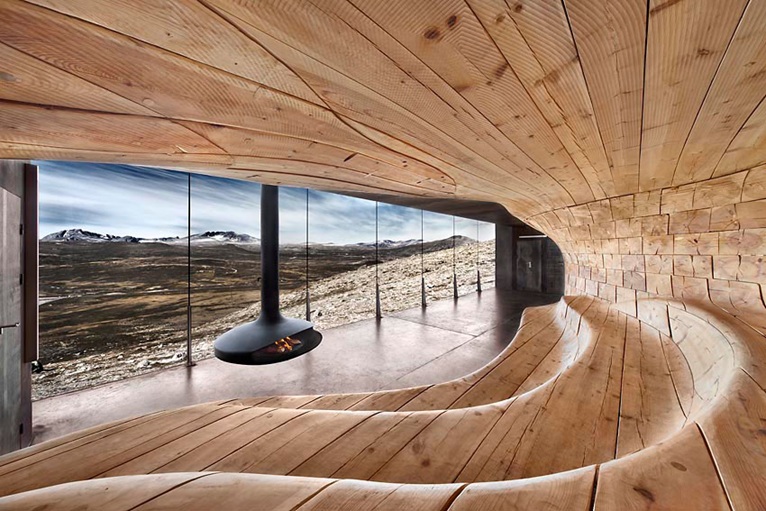
PHOTOGRAPHY _ Ken Schluchtmann, the last winner of the ARCAID Images awards, is one of the most interesting contemporary photographers. He gave up studying Law after his first trip in Norway “we had no Internet at that time so I didn’t really know what I should expect, and what I saw was really impressive”. Impressive to the point of giving up studying law and leaving Hannover for Berlin, “everybody told me that I was mad, but there wasn’t any other way because I was framing the whole world. “
I met Ken in London during the exhibition dedicated to the awards to understand how contemporary photography has changed our way of perceiving architecture.
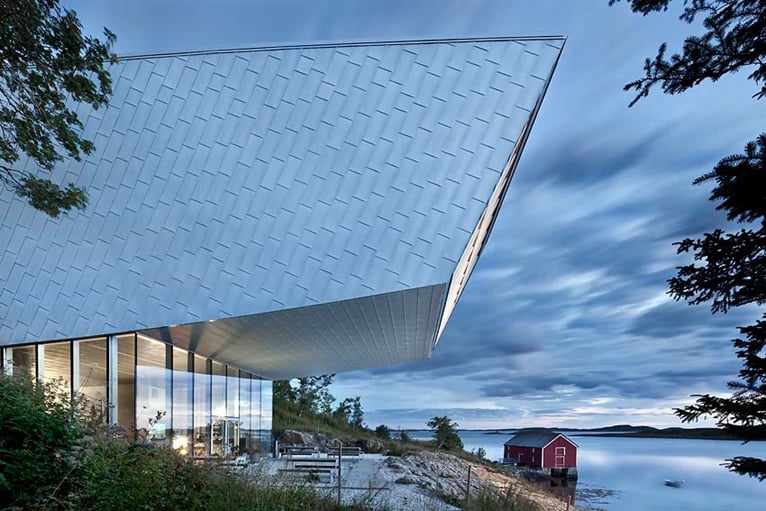
What makes for “good” architectural photography?
On the one hand there is the peculiarity of the architecture, that brings good aesthetics, good lines. I always transfer the 3 dimensions into 2 dimensions, showing the characteristic that the architect wants to bring to the people.
That is what our clients are looking for, transferring their intentions to the people. There is not a special recipe, it’s just the way of looking and it comes from the heart, to understand what they want to show.
It’s not just looking like a postcard. I love to work with grey sky, because the contrast is not that high. Instead when there are blue skies, it comes over everything. You can’t even see details, and you usually have to show the complete project, but also very small details like stairs.
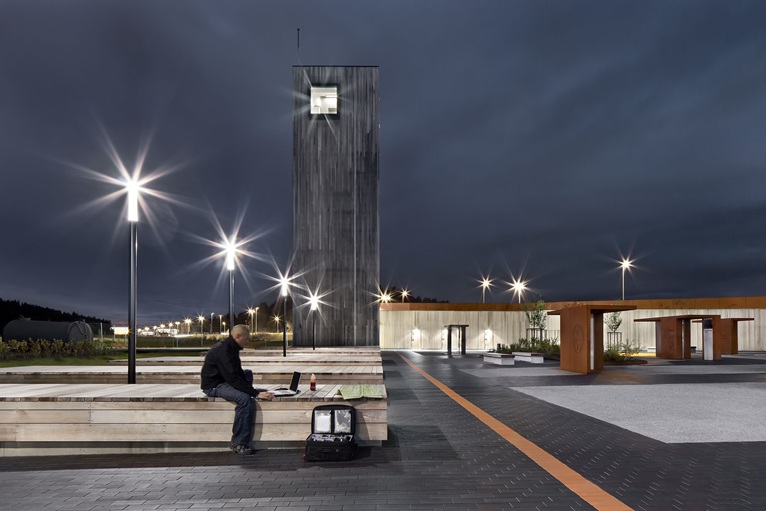
Has the digital era increased the value of architectural photography or underestimated the value of professional photography?
The quality is definitely going down. I learnt and trained to become a photographer with 35 mm film and it was very hard to handle, you have to know a lot about light and technique. It was really complicated to take a good picture. Now the technique is getting better and it’s easier to take a picture in one hand, but it’s not just technique it’s training how to look, how to point out, what is important. The people are used to working with medium quality and they think that they can make everything on their own, and they don’t understand the work behind taking a picture.
When I take a picture I know when to make the picture, I know what I have to retouch later, I know the look I want to have and what kind of look is best for the object. But it is getting harder to transfer that to the client. It is really hard to explain that the copy that I give to the architect I do not necessarily agree that the copy of my photo is being passed to others for free, it’s not good for the market.
It’s the same problem as the music everybody wants to have but nobody wants pay for it, and the market is going down as is photography as well.
People don’t understand the value of photography.
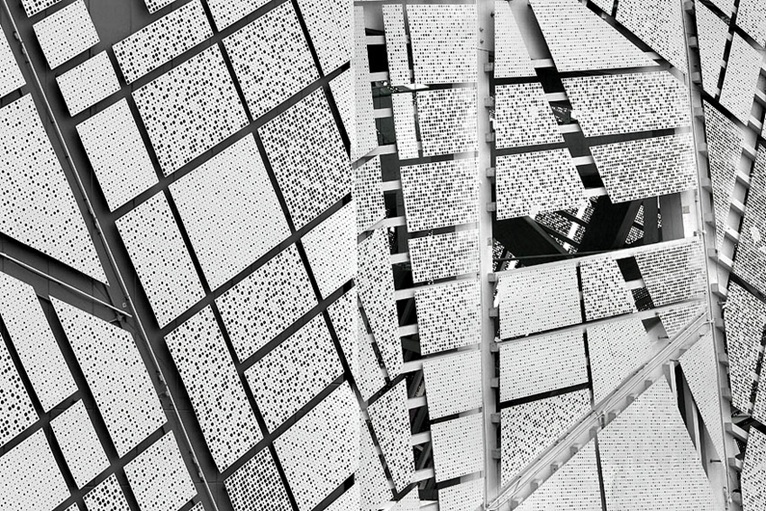
How much post production do you usually make?
I do the retouch to correct the lack of technique if the technique is not that good to catch complete contrast, if you have the sun and you have shadow on the ground.
I take away everything that is not planned for the design, like a fire extinguisher, this is not the aim of the design is not part of the context.
But in this way doesn’t it look fake?
Depends what you want to show. If you want to do a reportage you leave this stuff, if you want to do a design shoot, that doesn’t have anything to do with design.
When you go through a room you turn around, you live the space, you talk with people and you don’t perceive those elements, but when you have a picture these things are disturbing.
We want to show is design not the reality.
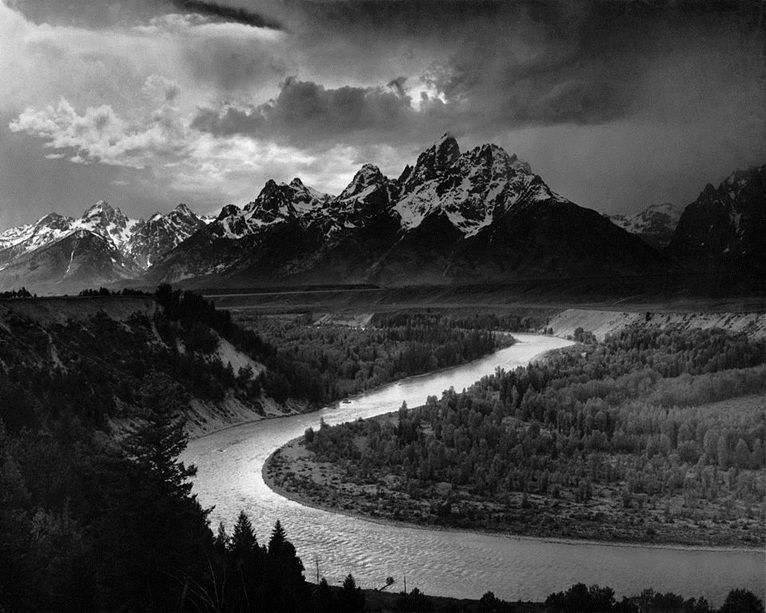
Ansel Adams The Tetons and the Snake River (1942) Grand Teton National Park, Wyoming. National Archives and Records Administration, Records of the National Park Service.
Who are your masters?
I had a master, he was the over age master photographer, Anselm Adams, one of the most famous landscape photographers, when I was training as a photographer.
Now I don’t have a masters, systems, clients want to have a master because they are more experienced.
And secondly I don’t care what other photographers do, because I want to have my mind free to see the world as I see.

"It was totally fog. We had a slight chance that the clouds would go up around midday. I went two hours and an half around the mountain to arrive at this place. You need of course a little bit of luck, because you have just a few seconds and the clouds go completely up, but it’s boring again.
You have to be patient and in the right place."
credit: ken schluchtmann / diephotodesigner.de



comment